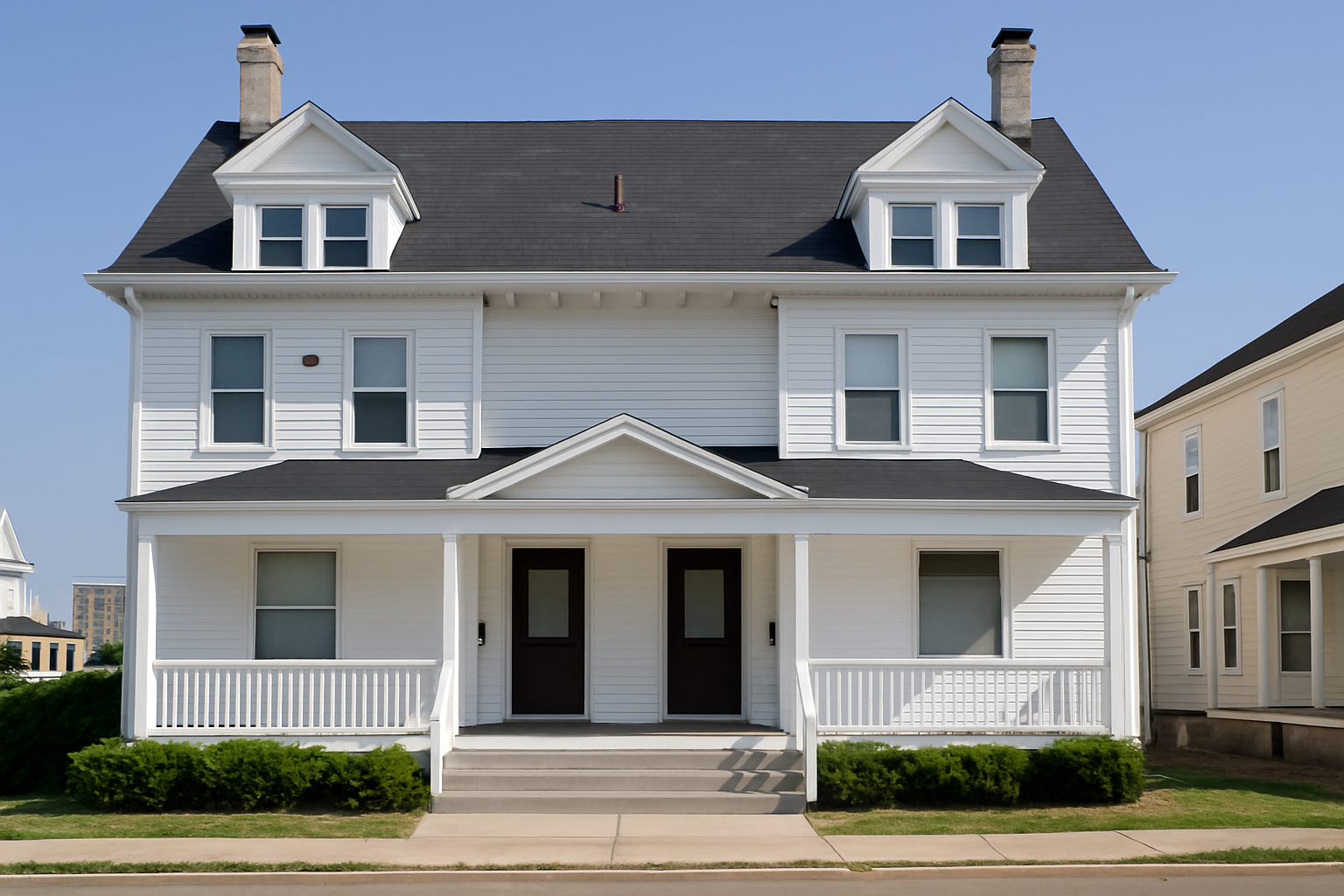Understanding your home's architectural style is crucial for making informed renovation decisions that enhance rather than detract from its inherent character. Whether you're planning a facade update, adding an extension, or completely transforming your exterior, knowing your home's architectural DNA will guide you toward choices that increase both aesthetic appeal and property value.
This comprehensive guide will help you identify your home's style and understand which renovation approaches will work best with its existing character.
Why Architectural Style Matters for Renovations
Preserve Property Value
Renovations that respect architectural style typically maintain or increase home value better than those that clash with the original design.
Maintain Neighborhood Character
Sympathetic renovations help preserve the unique character of your neighborhood and community.
Avoid Costly Mistakes
Understanding style constraints helps you avoid renovation choices that look out of place or require expensive corrections.
Enhance Curb Appeal
Style-appropriate updates create a cohesive, attractive appearance that enhances your home's street presence.
Common Architectural Styles Guide



Colonial (1600s-1800s)
Key Characteristics:
- Symmetrical facade with central front door
- Multi-pane windows (6/6 or 9/9 divided lights)
- Simple, rectangular shape
- Shutters flanking windows
- Steep-pitched gable roof
- Minimal decorative elements
Renovation Considerations:
- Maintain symmetrical facade composition
- Use traditional materials: wood, brick, stone
- Keep window proportions and mullion patterns
- Choose conservative color palettes
- Avoid overly ornate decorative elements
Victorian (1840s-1910s)
Key Characteristics:
- Ornate decorative "gingerbread" trim
- Bay windows and turrets
- Asymmetrical facade
- Steep rooflines with complex shapes
- Vibrant paint colors
- Wraparound porches
Renovation Considerations:
- Preserve or restore ornate trim details
- Embrace bold color combinations
- Maintain complex roofline character
- Keep bay windows and projecting elements
- Use period-appropriate materials and details
Craftsman/Arts & Crafts (1900s-1930s)
Key Characteristics:
- Low-pitched gable roofs
- Wide, overhanging eaves
- Exposed roof rafters
- Built-in furniture and storage
- Natural materials (wood, stone, brick)
- Large front porches with tapered columns
Renovation Considerations:
- Emphasize natural materials and textures
- Maintain horizontal emphasis in design
- Preserve handcrafted details
- Use earth-tone color palettes
- Keep generous overhangs and porches
Tudor Revival (1890s-1940s)
Key Characteristics:
- Half-timbering with stucco or brick infill
- Steep, cross-gabled roofs
- Casement windows with diamond-shaped panes
- Arched doorways
- Tall, narrow windows
- Decorative chimneys
Renovation Considerations:
- Preserve or restore half-timber details
- Maintain steep roofline character
- Use traditional materials: stucco, brick, stone
- Keep arched openings and medieval-inspired details
- Choose appropriate window styles
Mid-Century Modern (1940s-1970s)
Key Characteristics:
- Clean, horizontal lines
- Large windows and glass walls
- Open floor plans
- Integration with landscape
- Minimal ornamentation
- Flat or low-pitched roofs
Renovation Considerations:
- Emphasize horizontal lines and planes
- Maximize window sizes and natural light
- Use modern materials: steel, glass, concrete
- Maintain minimal, clean aesthetic
- Integrate indoor and outdoor spaces
Contemporary (1970s-Present)
Key Characteristics:
- Mixed materials and textures
- Large, varied window sizes
- Asymmetrical facades
- Innovative use of space
- Energy-efficient features
- Integration of technology
Renovation Considerations:
- Feel free to mix materials creatively
- Incorporate sustainable features
- Use modern technology integration
- Emphasize energy efficiency
- Create visual interest through contrast
How to Identify Your Home's Style
Step 1: Observe Overall Shape and Proportions
Look at your home from the street and note its basic shape, height, and proportions. Is it symmetrical or asymmetrical? Tall and narrow or wide and low?
Step 2: Examine the Roof
Note the roof pitch, complexity, and materials. Steep roofs often indicate older styles, while flat or low-pitched roofs suggest modern styles.
Step 3: Study Window Styles
Window shapes, sizes, and configurations are strong style indicators. Count window panes, note shapes (rectangular, arched, circular), and observe placement patterns.
Step 4: Look at Decorative Elements
Identify any decorative features like columns, trim, brackets, or ornamental details. These often define the style's character.
Step 5: Research Your Home's History
Check building records, neighborhood history, or consult local historical societies to confirm your home's original design intent.
Style-Appropriate Renovation Guidelines
Traditional Styles (Colonial, Victorian, Tudor)
- Preserve historical character and proportions
- Use period-appropriate materials when possible
- Research historical color palettes
- Maintain original window configurations
- Avoid modern materials that clash with style
Modern Styles (Mid-Century, Contemporary)
- Embrace clean lines and minimal ornamentation
- Use modern materials and technology
- Emphasize horizontal planes and large windows
- Integrate sustainable and energy-efficient features
- Focus on indoor-outdoor connections
Transitional Approaches
- Blend historical character with modern functionality
- Use high-quality materials that reference original style
- Maintain scale and proportion relationships
- Add modern amenities discretely
- Respect neighborhood context
Common Style Renovation Mistakes to Avoid
Mixing Incompatible Styles
Adding Victorian trim to a Mid-Century Modern home or installing contemporary windows in a Tudor Revival creates visual chaos and can decrease property value.
Ignoring Proportion and Scale
Installing oversized windows in a Colonial or tiny windows in a Contemporary home disrupts the style's essential character.
Using Inappropriate Materials
Vinyl siding on a Craftsman home or artificial stone on a Colonial can diminish the home's authentic character.
Removing Defining Features
Eliminating bay windows from a Victorian or removing overhanging eaves from a Craftsman removes essential style elements.
Tools for Style-Appropriate Renovation Planning
Modern design tools can help you visualize how different renovation approaches will work with your home's architectural style:
- Style Template Libraries: Access historically accurate design elements
- Material Visualization: See how different materials look on your specific style
- Proportion Testing: Experiment with window and door sizes while maintaining style integrity
- Color Palette Exploration: Test period-appropriate color schemes
- Before/After Comparisons: Compare renovation options side by side
Ready to visualize your dream facade?
Discover our facade visualization tools and choose the one that best fits your needs and budget.